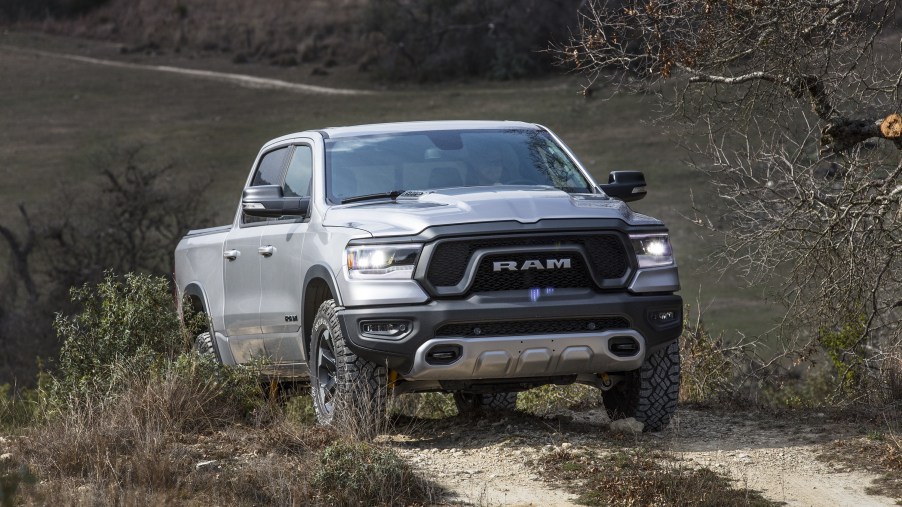
What’s the Difference Between All-Wheel Drive and Four-Wheel Drive?
Is there any difference between four-wheel drive and all-wheel drive? The Engineering Explained video below compared the two drive options to each other and identified a few similarities, as well as several major differences. Let’s talk about what those differences are.
AWD and 4WD Similarities
The BMW M5 used in the video opts against the more common all-wheel-drive system, instead utilizing a four-wheel-drive option that is more predominant in pickup trucks and SUVs.
The two drive options still share a few similarities in their layout. In both, power from the engine is transmitted to the clutch or torque converter (depending on whether the transmission is manual or automatic).
From there, power is then transmitted to the transmission, which is illustrated as purple in the video. This is essentially where the similarities between all-wheel drive and four-wheel drive come to an end.
AWD and 4WD Differences
With an all-wheel-drive system, power is transmitted from the transmission to a center differential. The center differential then distributes the torque between the front or rear axles. This particular system also features a second clutch pack that can either send additional torque to the left or right side.
Although traditionally, all-wheel-drive vehicles send the power to the front wheels by default, the setups available with an all-wheel-drive system are almost limitless.
A four-wheel-drive system, on the other hand, does not have a center differential or a second clutch pack. Here, the torque is sent to a selectable transfer case. From the transfer case, the power is transferred directly to the rear differential as well as the front differential.
The main difference between the two drive options is in your involvement as the driver. With all-wheel drive, the system itself determines where to send the torque. But with four-wheel drive, through the transfer case, you can choose if you want to send power to just the rear wheels or both the rear and front wheels.
AWD Advantages
The main advantage of an all-wheel-drive system is that it works great both on and off-road. The reason it works great on the road is that the computer can quickly transfer torque to the axle or wheel with the most grip, improving cornering and acceleration.
Four-wheel drive isn’t as great for on-road use because the transfer case tends to act as a locked differential. If the front and rear axles have different speeds, the transfer case can have a difficult time splitting power between each axle.
With the M5, though, BMW has added a multi-plate clutch within its transfer case. This allows a different torque split and varying speeds in the different axles, meaning you can go around corners without binding the transfer case.
Another advantage of this drive option is the fact that the system is in control. The vehicle itself determines where to send power based on the traction it is experiencing. Plus, if you want to disengage the front wheels, you can still do burnouts.
4WD Advantages
Once you’re off-road, the transfer case binding issue that’s a problem on pavement becomes a non-issue since the tires, not the drivetrain, are the ones that end up slipping.
Four-wheel drive also allows you to choose where to send power to, giving you the option to only send power to the rear wheels which is more efficient than sending power to all the wheels.
Finally, although the M5 doesn’t have this feature, most four-wheel-drive systems include a low range for better off-road performance. Selecting that low gear range allows you to send much more torque to the wheels, making it possible for you to navigate your car over specific obstacles slowly.


